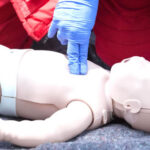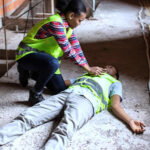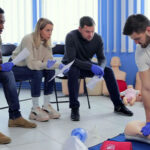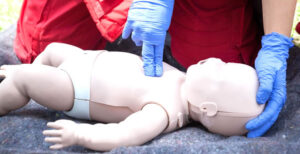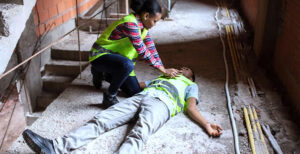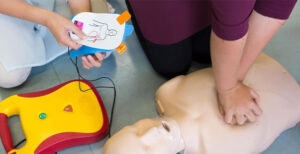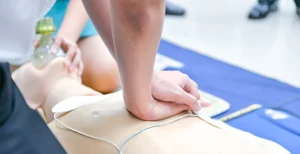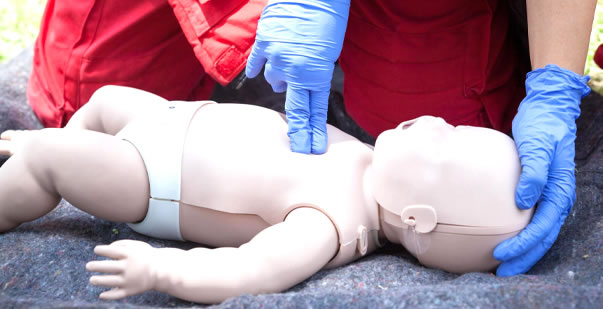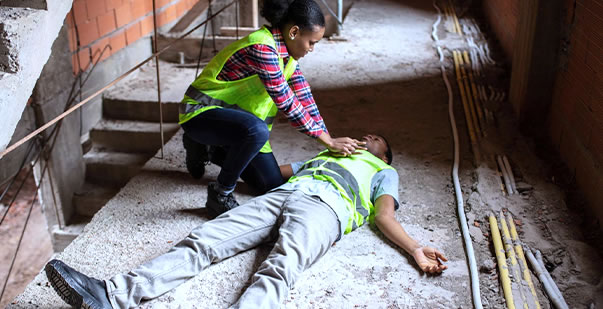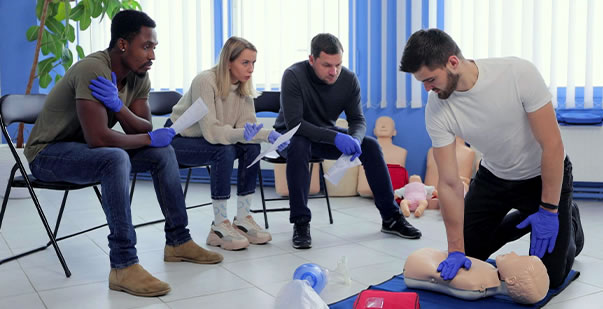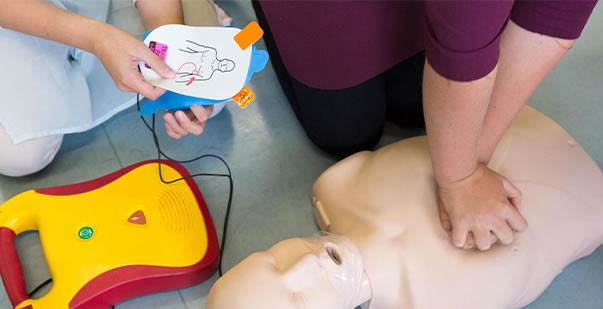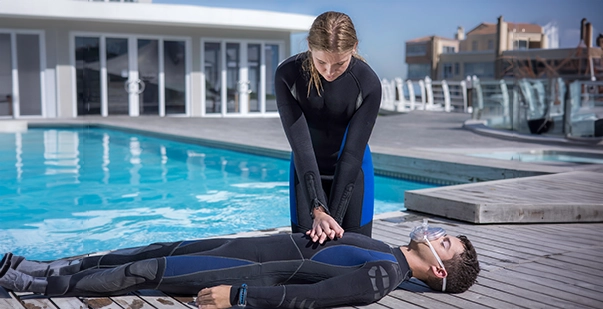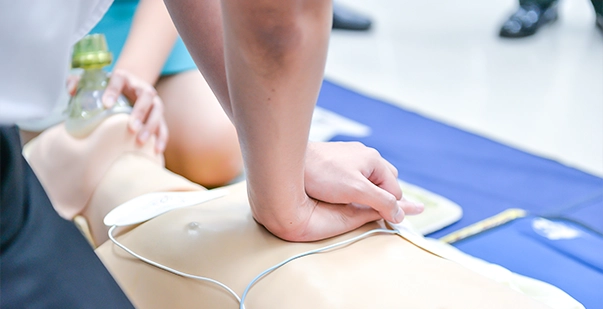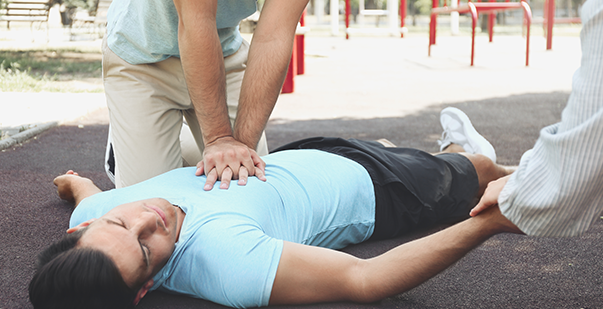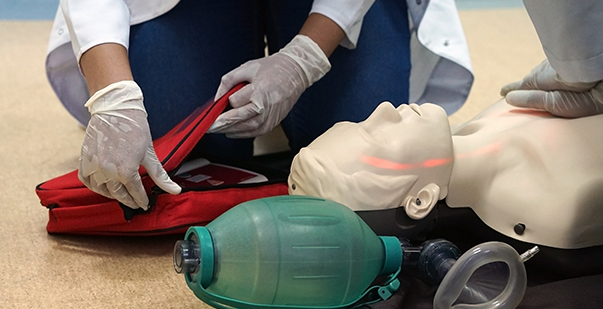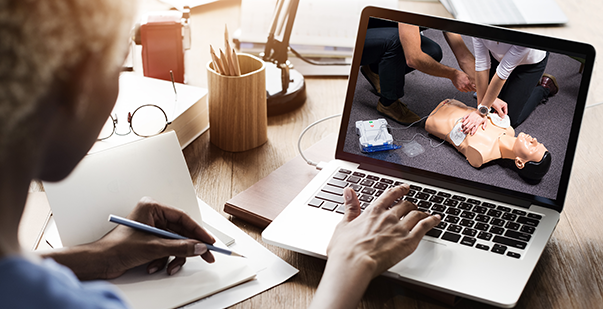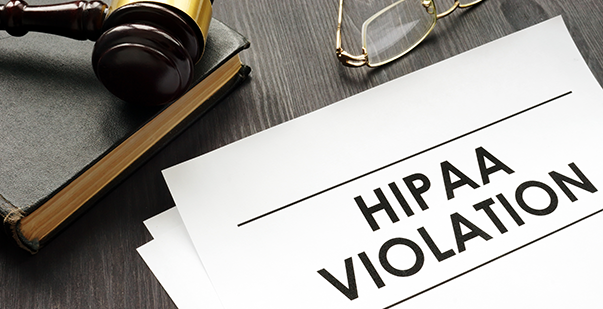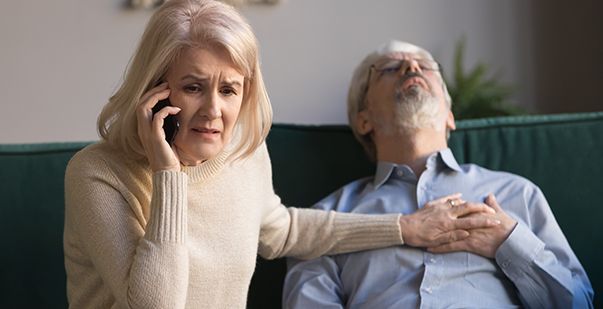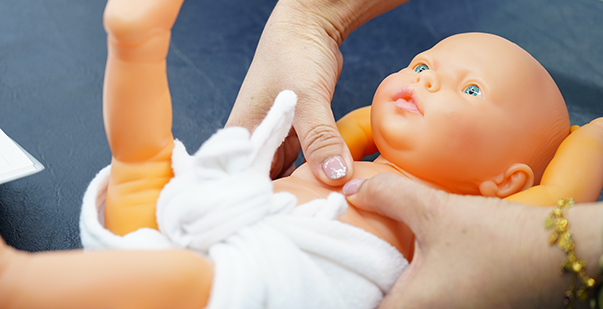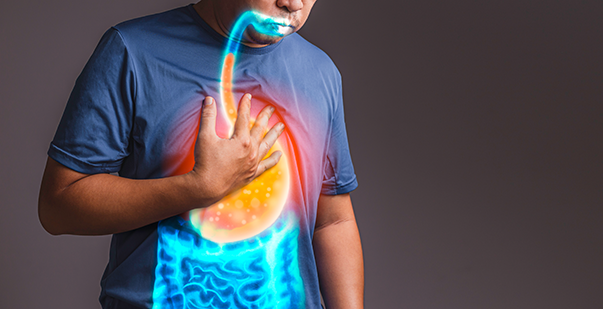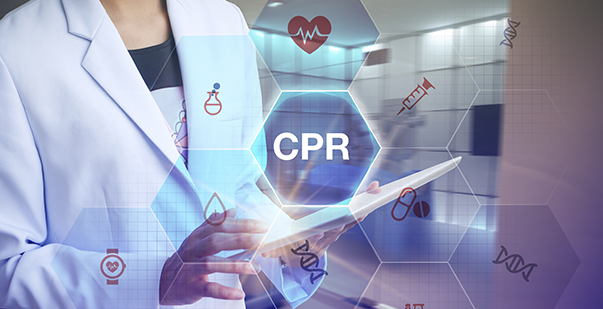Are you looking for a higher-paying job with incentives? Does that need you to upskill for the job? If your answer is yes, keep reading on to find out more. While you can choose to learn an instrument or become a Zumba instructor, there’s nothing like giving back to humanity than learning a life-saving course. You need not be a healthcare professional, even laypersons can learn CPR without a glitch. CPR teaches you to save a life in case of a heart attack, choking, drowning and gasping. You can help your family feel safe by ensuring you’ve got their backs for when the need arises. You can take the online or blended CPR training from the institutes listed on CPR Care Near Me. This article will help you understand the 7 important steps of adult CPR and much more.
Steps of Adult CPR
Did you know that there are different types of CPR techniques? Yes, there are three types of age-related CPR techniques. Unlike the movies, where the hero saves his leading lady and administers CPR, there is much more to it than what is shown. To know what is the correct sequence of CPR and to understand what is the most important step in CPR, read the points below:
- First, you need to check if the person is breathing and call the emergency response team (ERT) immediately.
- To determine if the person is breathing or not, put your head on the person’s chest and check to hear their heartbeat.
- If the person has no heartbeat, make the person lay on their back. Ensure to choose a flat surface.
- Once you turn the patient on their back, tilt their head back, and blow air in their mouth. Two puffs to be precise.
- After this, use your palms and press the patient’s chest quickly.
- Make sure you deliver about 120 compressions per minute to perform CPR effectively.
- Continue this process for about 2-3 minutes until the patient revives. In case the person is still unresponsive, check for their heartbeat and use an AED.
Online first aid and CPR training benefits
Online education has bridged the gap and brought virtual education to your doorstep. The world moved on from physical books and adapted virtual study material. Today, with many websites teaching you life-saving courses, you can get certified in no time with accredited certifications. With one click of a button on your laptop, you can take the benefits of online classes. Keep reading on to find out more:
- A reputed institute will offer an easy-to-follow and structured course. Make sure to check for institutes that provide accredited certifications.
- An online CPR course will provide continuous study support. Whether it is steps in adult CPR or first aid, their 24×7 support will make studying easier and at your convenience.
- When you opt for an online course, you can do so from the comfort of your home. You do not have to spend money on travelling or meals. You need to sit back and log onto the student portal while in your PJs.
- Finding time to take up a course gets difficult when you are a working individual. This is where an online course from a recognized institute will give you an option of self-paced learning. You can work during the day and complete the course at night.
- Studying is expensive, especially if you don’t have the luxury of finance to aid it. This money can come in handy for other important commitments. This is why online courses give you an EMI payment option. Instead of paying the entire amount at one go but pay part payments when your salary gets credited.
First aid steps for cuts and wounds
You should not ignore cuts and wounds. Below are a few steps on how to treat minor cuts, wounds, and injuries that are taught in a first aid and CPR course.
- Wash your hands and make sure they are germ-free to avoid infections.
- Check to see if there is no foreign object like glass that is inserted in the gash or wound.
- If there’s bleeding, apply pressure.
- Use antiseptic ointment and clean the wound thoroughly with water.
- Apply an antibacterial to kill any kind of bacteria that may have entered the wound.
- Apply a bandage and cover the wound to prevent any damage.
- If needed, ask the person to get a tetanus shot.
- Advise the patient on timely dressing of the wound.
Conclusion
Some people find it difficult to look at blood, and, therefore they do not opt for medical professions. However, you must be strong and prepare for what life throws you. This is why we recommend a CPR and first aid course so that you can face any situation. Here’s where the American HealthCare Academy comes to the rescue. There are many CPR and First Aid training providers listed on CPR Care Near Me. They are budget-friendly, they provide courses on first aid, AED and CPR alongwith the option to pay for the course once you pass their test. Isn’t it interesting? Register on their website and get certified today and find your new passion of saving lives.



